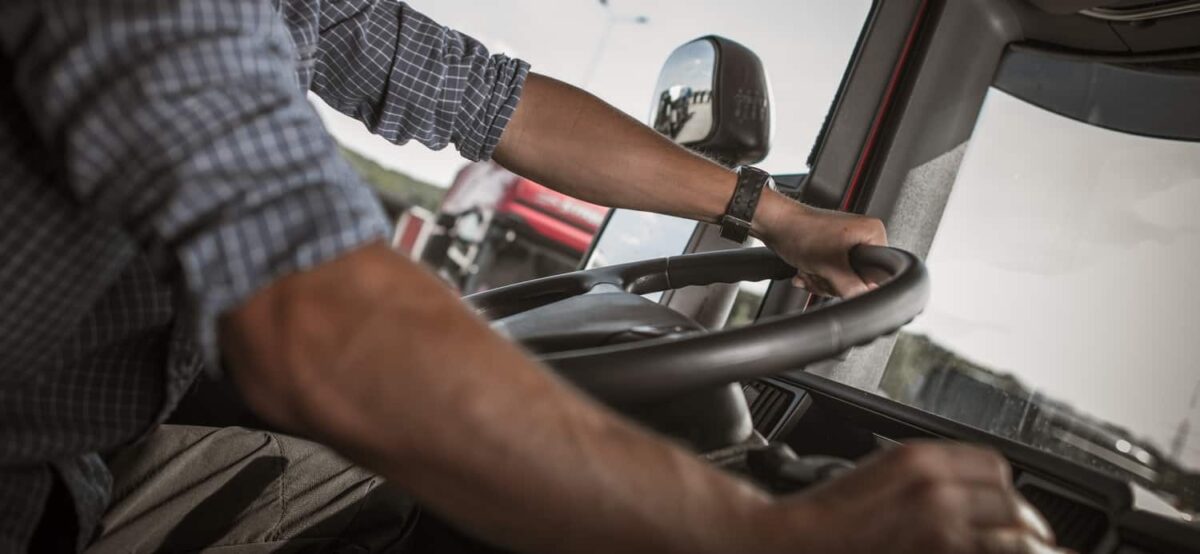To earn your commercial driver’s license (CDL), you will need to take two tests. One is a written exam and when you pass this, you will obtain your commercial learner’s permit (CLP). The second is known as the skills test and includes three parts: a pre-trip inspection, assessments of basic vehicle control, and on-the-road driving. This CDL driving test evaluates your response to several traffic situations, as well as your overall driving skills.
How the CDL Driving Test Works
During the CDL road test, the evaluator will have you drive through a test route. They will score you based on your response to specific traffic situations. While you are driving, the evaluator will give you directions that you will need to follow. They will make sure to give you enough time to take any action. If the test route does not have a certain situation, you may be asked to explain what you would do if you encountered it. In addition to specific maneuvers, the evaluator will score your overall driving behavior. You must wear your seat belt throughout the test route, obey all traffic laws, and complete the test without an accident or moving violation.
CDL Driving Test Criteria
Some of the criteria the evaluator will score include:
Turns
When the evaluator asks you to make a turn, you will need to do so safely. Some of the factors for safe turning include checking all directions, slowing down or stopping smoothly without unsafe coasting, and using your turn signal. You will need to keep both hands on the wheel during the turn, check your mirrors to make sure you do not hit anything inside of the turn, and finish in the correct lane. After turning, the evaluator will expect you to ensure the turn signal is off, get up to the speed of traffic, and move into the right-most lane when possible, if you are not already there.
Intersections
At intersections, you will need to thoroughly check traffic in all directions. If it is necessary to stop, you must do so smoothly, without coasting, and with a safe distance between your truck and any vehicles in front of you. As you pass through the intersection, you will need to continue to check the traffic around you and will need to accelerate smoothly and change gears as necessary.
Expressways
As you enter an expressway or rural highway, you will need to check traffic, use proper signaling, and merge smoothly. On the expressway, you will be expected to maintain proper speed and lane spacing. When exiting, decelerate smoothly, check traffic, and use your turn signal.
Railroad Crossings
Before reaching a railroad crossing, you should decelerate, brake smoothly, and switch gears as necessary. Depending on the type of vehicle, you may be required to stop completely and activate your four-way flashers. You should look and listen for trains while also checking traffic in all directions. While in the crossing, do not stop, change lanes, pass another vehicle, or change gears.
Prepare for Your CDL Test
The above examples are only some of the situations you may encounter during your CDL skills test. At Phoenix Truck Driving School, our skilled instructors will help you understand the various aspects of safe driving. You will get hands-on experience and we can help you get on the road and earning in as little as four weeks.





